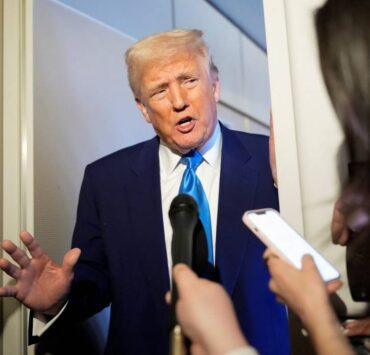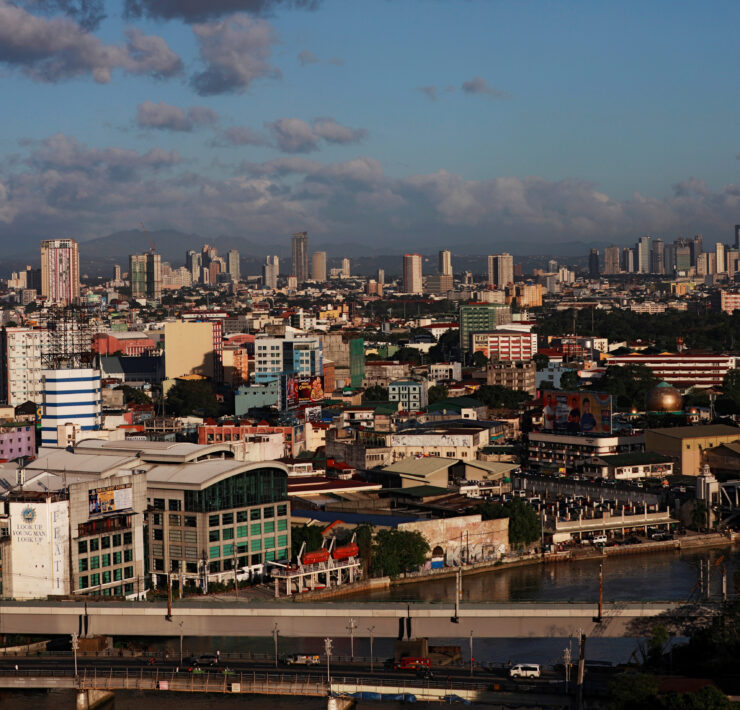Tariff winners and losers

What many now describe as “Trump’s tariff tantrum” is widely feared to lead to serious disruption of the world economy, and at worst, a repeat of the Great Depression of the 1930s, in which the United States itself was the greatest casualty (30 percent drop in output and incomes and up to 25 percent joblessness). What made US President Donald Trump impose sweeping new tariffs on imports from some 200 friends, competitors, and adversaries alike, including neighbors Canada and Mexico? The 17 percent on us is the second lowest in Asean next to Singapore’s 10 percent, while Cambodia and Vietnam were hit with 49 and 46 percent, respectively. Some believe that we might actually benefit from the situation. I say it’s wishful thinking, and I’ll explain why.
Eyeing the huge gap between the total value of what the US buys from other countries and what it sells to them, Trump believes that America has been “cheated” and “pillaged” by foreigners. He expects his tariffs to lead Americans to buy more US-made goods, raise his government’s tax take, and attract huge investments, all together boosting the US economy. He also thinks this will force US companies producing overseas to relocate production back home, and “bring back jobs lost to foreigners.” It all sounds appealing until one weighs this reasoning against lessons from history and sound economic analysis, including who the winners and losers would be. Four observations are worth making here:
First, history shows that hiked tariffs make things worse. Trump’s tariffs are described to be the highest in the past century or since the Great Depression, which remains the deepest contraction the US and world economy had ever seen. What started it in 1929 has been debated by economists, but there is wide consensus that the Smoot-Hawley Tariff Act of 1930 worsened it. Defying many senior economists’ advice and under pressure from his party and business leaders, President Herbert Hoover signed the bill into law, raising import tariffs on over 20,000 goods “to shield American industries from foreign competition.” Expected to bolster domestic employment and manufacturing (sound familiar?), the tariffs instead deepened the Depression as America’s trading partners retaliated with tariffs of their own, causing US exports and global trade to plummet. With Trump’s tariff tantrum now driving the US’ major trading partners to do the same, fears of another looming Great Depression are not unfounded.
Second, a tariff does not serve the greatest good for the greatest number, which is the mark of good policy. A tariff always helps producers and hurts consumers. It raises the domestic price by up to the same amount as the tariff, especially in a small economy that has no control over the world price of a traded good and takes it as given. As domestic producers receive more for each unit sold, they are led to produce more (i.e., higher price encourages more supply). But consumers face higher prices, so they buy less (higher price dampens demand). The combined effect reduces imports, while the government gains tariff revenues from those imports. All told, consumers are the losers, while producers and the government (or whoever benefits from its spending) are the winners. But consumers, who are everyone, far outnumber producers, and given the way politicians spend public funds, government spending far from benefits everyone. Hence, tariffs will not serve the greatest good for the greatest number—and the higher the tariffs, the heavier the toll on consumers, i.e., the general public.
Third, Trump’s “reciprocal” tariffs are far from that. The tariff rates as explained by the White House have a weak economic basis. The kindest way to describe them is that they are “back of the envelope” calculations. It boils down to dividing the US trade deficit with a country (the value of US imports from it minus exports to it) by total US imports from that country, then discounting the percentage by half. Never mind that trade imbalances can be traced to inherent attributes of the trading economies. Never mind that Trump’s tariffs have proven to be much higher than countries’ actual average tariffs. Even those that the US sells more to than buys from got slapped with 10 percent.
Finally, Trump’s tariffs are sure to hurt us. Let’s not fool ourselves. Some think 17 percent won’t hurt much (try telling that to our export manufacturing workers about to lose their jobs), but the indirect hit from the global economic downturn surely will. Some hope US purchases from Vietnam and factories in China would shift here. But Vietnam’s leader was quick to phone Trump and get him to agree to discuss a deal to remove tariffs. Lure factories to shift here? Given our track record, wish ourselves luck. Unless we can outdo Vietnam’s proactive lead, I’d say we need to pray hard and brace ourselves.





















We say no to violence against women